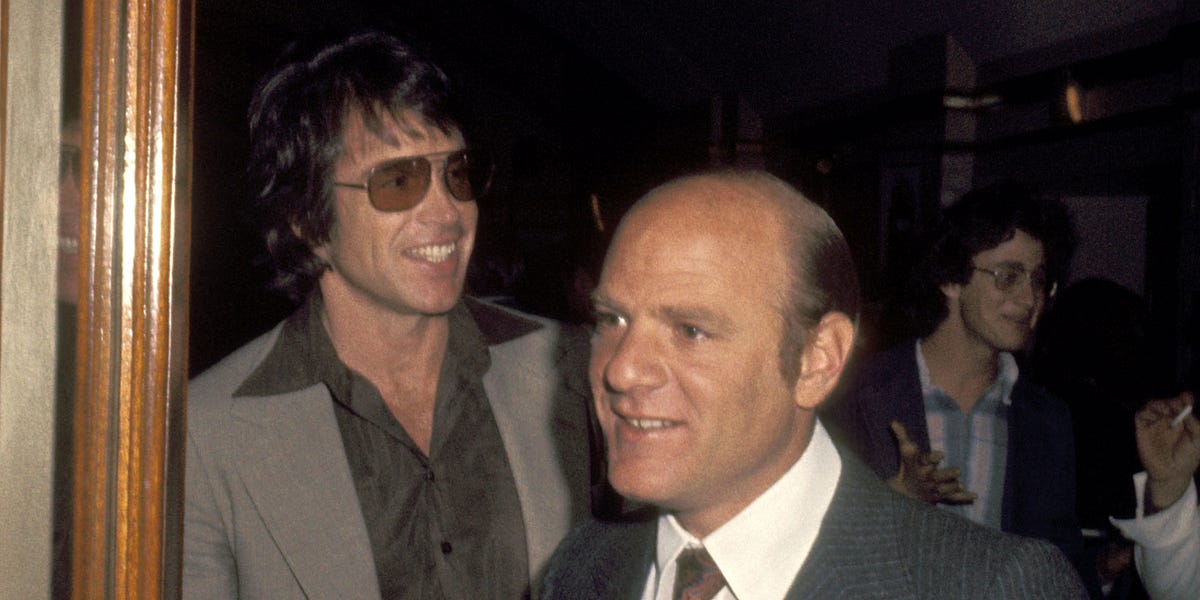




The proposed merger between Paramount and Skydance Media is set to test the Department of Justice's tolerance for big media consolidation. Over the past decade, Hollywood has experienced significant consolidation, raising concerns about overconsolidation in the industry. Regulators may challenge the deal due to worries about the combination of producers and distributors, which has undermined creators and talent. From 2009 to 2020, the media and consumer telecommunications sector witnessed over $400 billion in megamergers, resulting in job losses and blurring the line between studios and distributors. The proposed merger will be subject to review by the Federal Trade Commission (FTC) and the Department of Justice (DOJ). If a lawsuit is filed, it may fall under the jurisdiction of the next administration. However, the DOJ may face challenges in making a case against Paramount's market power if the merger proceeds. The FTC and DOJ have issued guidelines for regulatory review that consider industry consolidation and the prevention of new competitive threats. The combination of Paramount and Skydance's production businesses could strengthen Paramount's position as a distributor, potentially impacting working conditions for talent. The Writers Guild of America West has called on regulators to limit future consolidation in Hollywood and investigate signs of anti-competitive behavior. The new guidelines also require companies to assess the impact of proposed transactions on labor. If no lawsuit is filed to challenge the merger, Skydance is expected to pursue cost efficiencies, which could result in job losses [cfbb00c3].
This latest development adds to the uncertainties surrounding Paramount's future. The company is already in talks to sell its BET Media Group assets, including the BET channel, streamer BET+, VH1, and BET Studios. Paramount is also facing challenges in the form of strikes by Hollywood writers and actors, a soft advertising market, and declining cable subscriptions in the United States. The potential sale of BET assets and the ongoing merger with Skydance Media highlight the challenges and uncertainties faced by Paramount in the rapidly evolving media landscape [53794d8c] [0228b40b].
The merger between Paramount and Skydance Media aims to position both companies as stronger players in the entertainment industry. The deal includes a $2 billion payment to National Amusements, Paramount's parent company, and Skydance's acquisition of nearly half of Paramount's Class B shares for $4.5 billion. Shareholders will receive equity in the newly formed entity. The merger is seen as a strategic move to navigate the uncertainties in the media landscape, including the decline of traditional cable TV and the streaming market. Other potential players, such as Warner Bros. Discovery and a joint bid by Sony and Apollo Global Management, were considered but did not materialize [9dabea86].
Barry Diller, chairman of IAC, is also considering a potential interest in Paramount amidst its troubles. Diller, who previously lost out to Sumner Redstone and Viacom in a bid to purchase Paramount in 1994, has been a vocal critic of Hollywood and the movie business for the past four decades. However, he clarified that he never said legacy studios couldn't thrive in the future, but rather that the traditional movie business was in decline. Diller acknowledged that the industry has changed and that streaming platforms have disrupted the traditional distribution model. He also expressed his belief that the future of the movie business lies in the hands of talented filmmakers and storytellers, regardless of the platform on which their work is distributed [5108d358].
As Paramount explores various options to navigate the challenges in the media landscape, the future of the company remains uncertain [0228b40b].